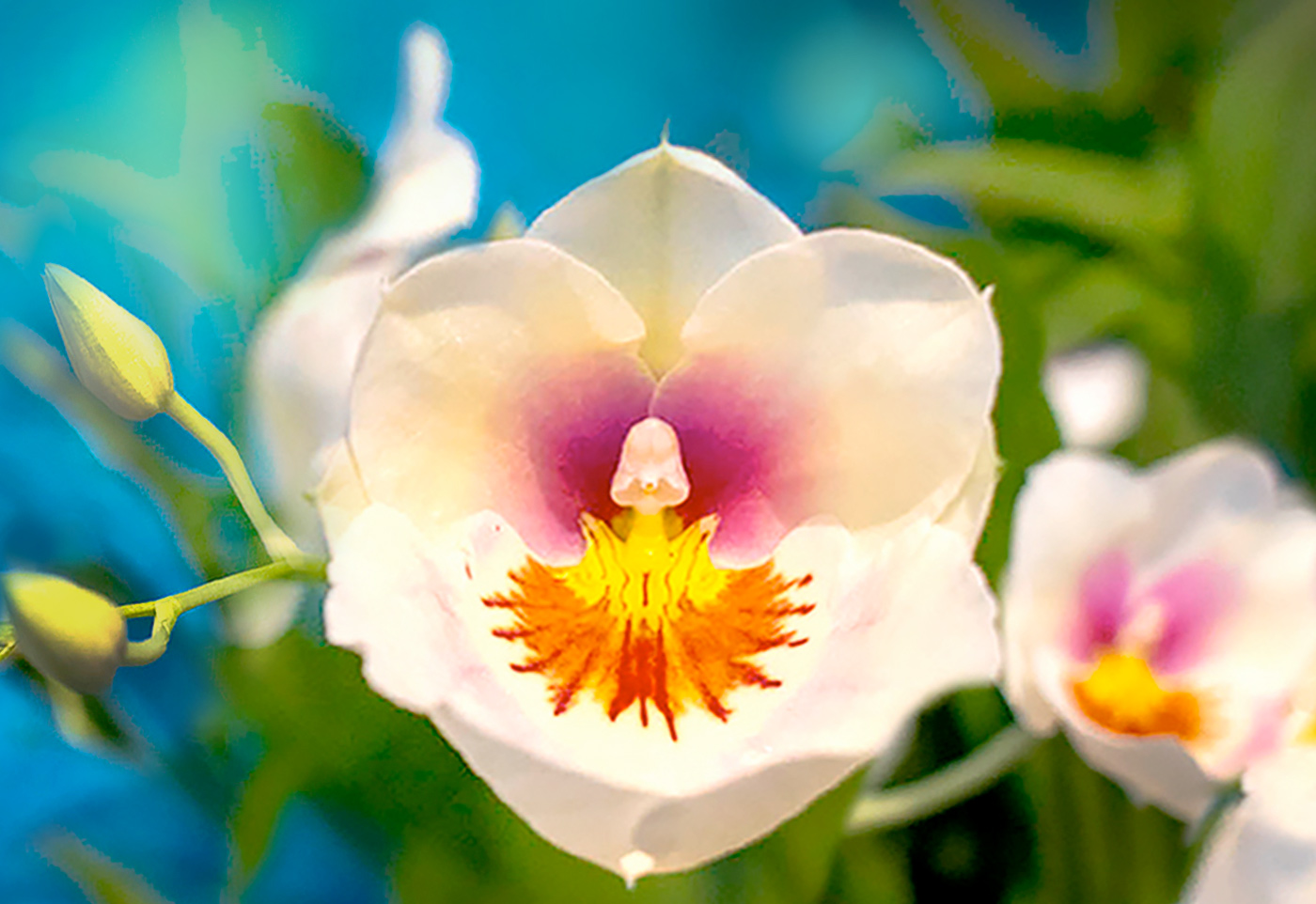Q. What are the recommended fertilizers for different garden plants today?
A. Whether it’s your lawn, a mature oak or a perennial border, it’s wise to refrain from adding any amendment to soil before having a soil test. Most Midwest soils contain high levels of potassium and phosphorus and don’t require additional amounts. Take cues from your plants. If plants grow poorly, are late to leaf out or bloom minimally, perhaps they could use extra nutrition.
Turf. If your lawn is recovering from grubs, flooding, lack of fertilization or heavy foot traffic, broadcast a granular fertilizer with a nitrogen to phosphorus to potassium ratio of 3:1:2. This can be done in early May or early fall. Avoid heavy nitrogen use if water runs off your lawn into a body of water.
Trees and shrubs. Fertilize established woody plants with a slow-release balanced granular only if they show symptoms. When planting new trees, amend soil of the entire planting area with 2 to 4 inches of organic matter.
Perennials. Composted manure, leaf mold or homemade compost fertilizes plants organically and improves soil texture. Till in 2 to 4 inches when planting a bed, or broadcast across beds in early spring and late fall when ground is frozen.
Roses. Early in the season, broadcast a granular, slow-release, high-nitrogen fertilizer around the base. When flower buds are set, fertilize with a liquid 20-20-20; water well. Make two more applications four to five weeks apart.
Annuals in containers. Annuals require regular fertilizing, since most are planted in a soilless mix containing few nutrients and are watered frequently. To avoid burning, apply a dilute, quarter-strength 10-10-10 or 20-20-20 fertilizer to moist soil.

